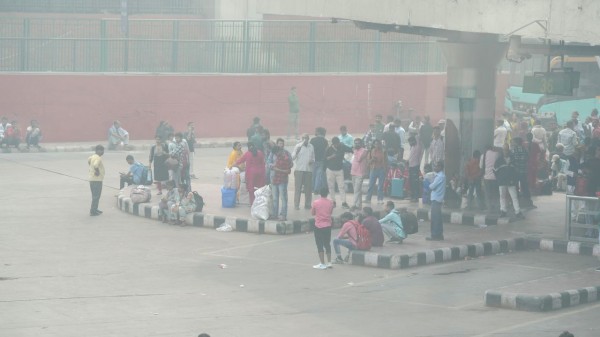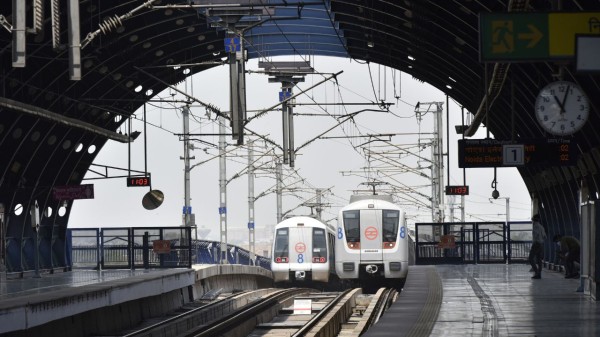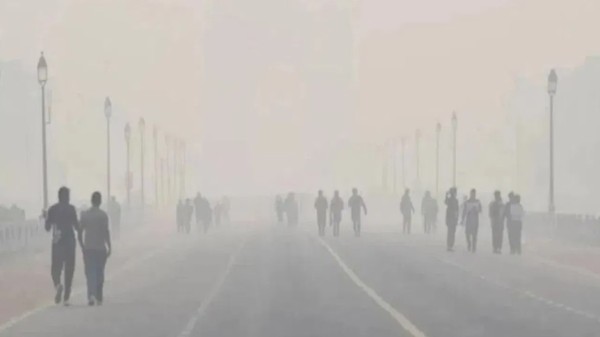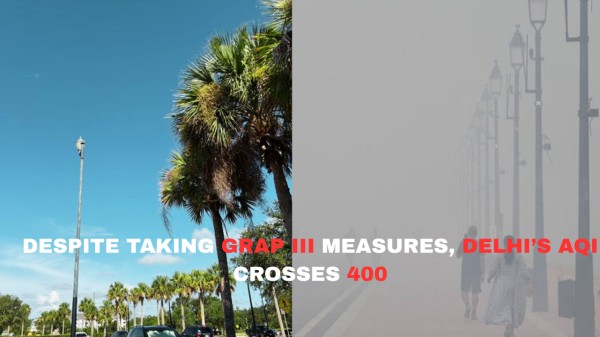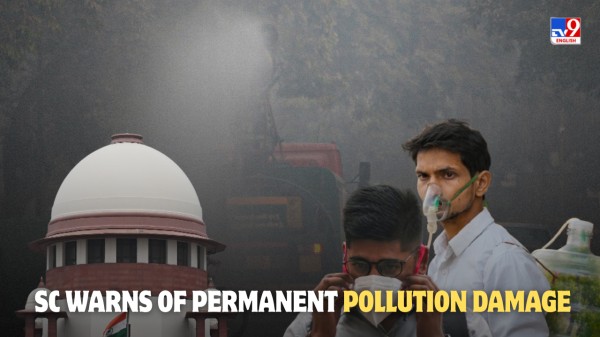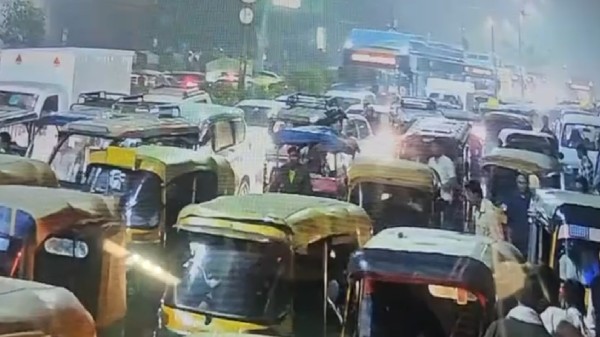

By signing in or creating an account, you agree with Associated Broadcasting Company's Terms & Conditions and Privacy Policy.


By signing in or creating an account, you agree with Associated Broadcasting Company's Terms & Conditions and Privacy Policy.

New Delhi: The air quality in the Delhi air quality deteriorated sharply on Wednesday, with several monitoring stations across the National Capital Region (NCR) registering “severe” levels. Data from the Sameer App showed the capital recording an average AQI of 388, while neighbouring cities reported even more alarming figures. Noida stood at 412, Ghaziabad at 436, Faridabad at 237, Gurugram at 289 and Greater Noida at a hazardous 450.
The dense smog has been compounded by a sharp dip in temperatures, with Delhi recording a morning low of 10 degrees Celsius and a maximum of 26 degrees, as per data quoted by the India Meteorological Department (IMD), creating conditions that trap pollutants close to the surface.
| Date | Min Temp | Max Temp | Weather Forecast | Warnings |
|---|---|---|---|---|
| 19-Nov | 10 | 26 | Moderate Fog | No warning |
| 20-Nov | 10 | 27 | Moderate Fog | No warning |
| 21-Nov | 11 | 27 | Moderate Fog | No warning |
| 22-Nov | 11 | 26 | Moderate Fog | No warning |
| 23-Nov | 10 | 26 | Moderate Fog | No warning |
| 24-Nov | 9 | 25 | Moderate Fog | No warning |
The worsening air has begun to place noticeable pressure on hospitals. Specialists at AIIMS say the spike in toxic air has been mirrored by a surge in patients arriving with respiratory complications. The AIIMS Respiratory Department has described the situation as deeply concerning, stressing the need for coordinated action by multiple agencies to prevent further escalation.
Dr Anant Mohan said the deteriorating conditions across Delhi and the NCR were clearly reflected in the hospital’s outpatient department, where the number of respiratory cases has been rising steadily. He estimated that patient numbers had increased by around 30 to 35 per cent compared with normal days.
According to Dr Mohan, patients with existing medical conditions are experiencing more severe symptoms. Those with asthma or COPD have been particularly affected, with several requiring hospital admission. Some have even needed ventilator support. He noted that the situation has worsened noticeably over the past two to three weeks.
Dr Mohan explained that recovery from viral infections has also slowed. Cases of cough, cold and mild fever that typically resolved within two or three days are now taking more than a week. He said the toxic pollution levels are making it harder for patients suffering from ordinary viral infections to recover as quickly as they normally would.
The doctor expressed concern that every winter brings the same pattern of discussion, outrage and then inaction. For the past decade, he said, the situation has barely changed. Each time Delhi’s air worsens, it becomes a major talking point, only for the issue to fade after three months. He stressed the need for a long-term and robust plan to address the problem.
Dr Mohan added that several factors contribute to the pollution, including the weather. During winter, when temperatures fall, the cold and heavy air traps pollutants close to the ground. With winds moving slowly and almost no rainfall during this period, pollutants continue to accumulate, pushing air-quality levels into the danger zone.
